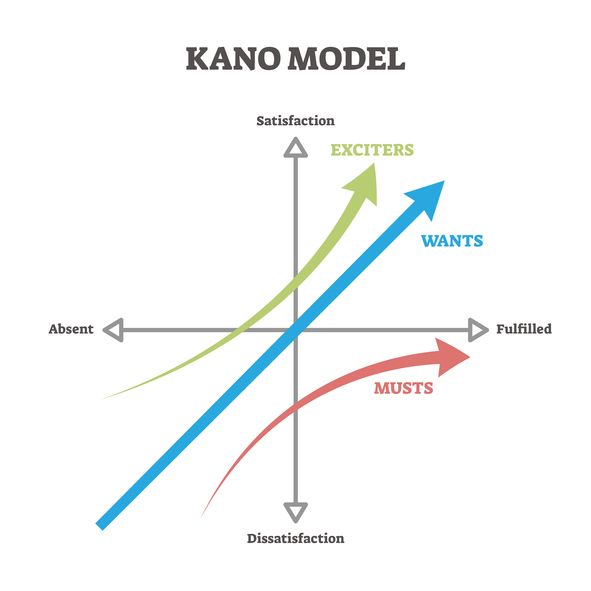In October 2018, business leaders, process architects, improvement specialists and more gathered at the Process Excellence Europe conference in Rotterdam, South Holland, to discuss process improvement.
Executives from Uber, ING Group, Johnson & Johnson, Google, Nike (and more than 70 other organizations) presented on the methodologies they use to strengthen the processes and efficiency of their work. Topics ranged from autonomy, to sustainable growth, to value chains and more – and over the course of the conference’s three-day runtime, two things became clear…
- These speakers weren’t offering thoughts on process improvement. They were sharing strategies for culture change. And those two things aren’t inherently different.
- All of them had unique processes for achieving their goals. Some of the vocabulary was the same, but there was no one-size-fits-all methodology for improving organizational processes.
Instead of focusing exclusively on Lean, Six Sigma, Agile or another process improvement methodology, speakers discussed how organizations were blending the philosophies together. They were digging through their process improvement toolbox and using only the tools they felt were necessary to create the desired change in their organizational culture.
A Blended Approach to Process Improvement
Huub Van de Wiel, a continuous improvement expert at UPD (UNC Plus Delta – the largest improvement network in the Netherlands) said he believes this “blended” approach to process improvement methodologies is a natural next step for thought leaders. Part of being agile, he argues, is being able to adapt your approach to fit your situation.
Think about it like this: isn’t adhering to one process improvement methodology – like Agile – a decidedly un-Agile way to think?
“If you choose a single method, it is often assumed that the obstacles and goals can be tackled using the same method. And that is certainly not the case,” Van de Wiel said in a news release. “It is wise to add something modular from all methods during a continuous improvement program. Make sure that you as an organization help to combine methods in the right way. The power of agility is not in the knowledge of the different methodologies, but rather in the correct application at the right time.”
But if they commit to using multiple tools for any given situation, how do process improvement leaders know which methodology is most appropriate? Which tool is the right tool for any given situation? Van de Wiel cautions: don’t start by asking which tool should I use? Start by asking which situation am I in?
“As a company, you have to make sure that the methods are not used in a leading way, but serve. … Integrality, leadership and behavior are much more important than the method itself.”
Committing to Agility
In a rapidly changing market, organizations can’t afford to marry themselves to one primary process improvement tool. The nature of modern markets is too unstable. Customer demands and industry trends are constantly shifting and changing, and according to the Project Management Institute’s thought-leadership report titled, “Achieving Greater Agility – The Vital Role of Culture and Commitment”…
“Agility is no longer optional as customer demands and market trends change more rapidly by the year, with ongoing digital transformation accelerating the process.”
So, what’s the recourse?
Keep adding to your process improvement toolbox. Keep searching for new and innovative ways to cope with complexity (Management 3.0 / Next-Generation Agile), consolidate your effort (Agile Sigma), and keep getting better (Continuous Development).
There is no one-size-fits-all solution.



